Weight Training In Your 40s
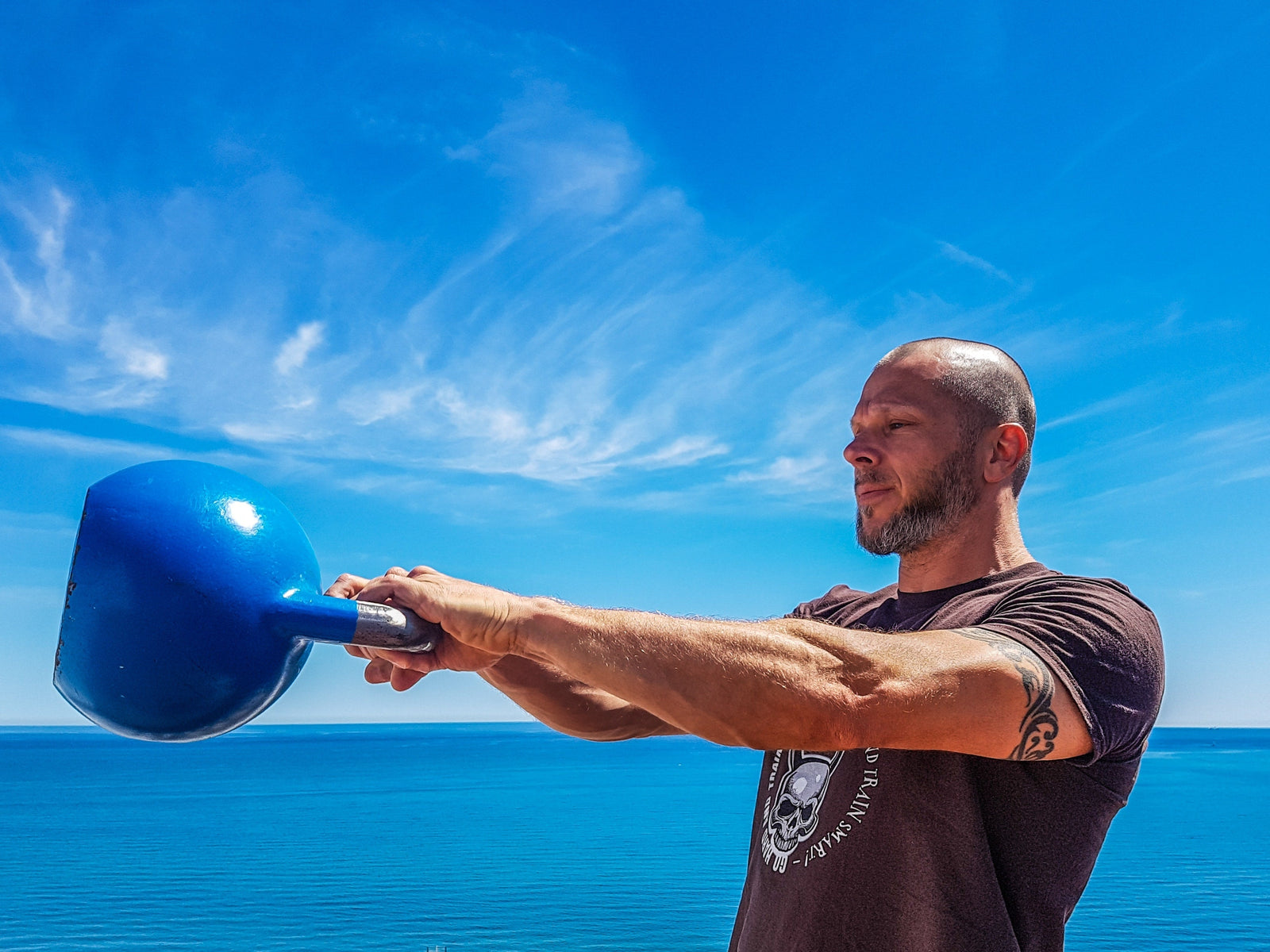
There are few things as inevitable as aging. While there’s no miracle cure to knock back the ill effects of time, a consistent regime of resistance training and cardio exercise can help add more life to your years. Studies consistently demonstrate that continued physical activity improves quality of life in all age demographics.
One of the most detrimental effects of aging is sarcopenia, the loss of muscle mass and strength. Loss of strength and endurance is directly correlated to reduced quality of life and greater risk of chronic diseases like arthritis and heart disease.
A sedentary lifestyle also reduces the number of active motor neurons which can lead to memory issues and lack of neuromuscular control. Weight training helps combat these effects by increasing muscle mass, protecting bone health, increasing neuromuscular connections, and boosting circulation. If you’ve been working out for most of your life, these benefits aren’t new to you.
One caveat for older lifters is that you probably can’t go as hard as you did in your 20s. As we age, our bodies take longer to heal. Recovery and proper nutrition become all the more vital. A smart training plan can help minimize soreness and ensure adequate recovery time between training muscle groups.
A 2016 study by the University of Berkley confirmed that older triathlon athletes had lower rates of protein synthesis, which is responsible for muscle repair and recovery, than their younger counterparts. This doesn’t mean that you shouldn’t go hard in the gym, but you should follow a smart training plan that allows for 24-48 hours for each muscle group. It doesn’t make sense to hit legs and back-to-back or to train bench press every day.
Studies show that a protein-rich diet helps older adults maintain their independence by protecting brain health and muscular function. Replenishing both carbohydrates and protein helps you get the most out of your workout and set you up for continued success.
One persistent myth for older adults is that cardio should take center stage. While it’s true that any balanced workout routine includes aerobic training, experts show that older adults may benefit more from lifting weights.
Even if you haven’t touched a dumbbell in 20 years, the benefits of weight training for older adults are promising. A 2011 study found that participants training 3 days per week for less than six months effectively increased muscle mass and strength to levels found in young healthy individuals. Other benefits of resistance training include increased proprioception (bodily awareness) and balance.
Another concern for older lifters is the increased potential for injury. Instead of chasing a one-rep max or consistently heavy lifts, it can be more beneficial to train for muscular endurance. Think more reps and less rest rather than more weight.
Unfortunately, you can’t build new joint capsules or regenerate synovial fluid but you can head off dysfunction with a consistent regimen of mobility work. One of the best ways to avoid joint and muscle issues is to take preventative action.
With age, comes wisdom, or in this case, muscle memory. If you’ve been working out most of your life by the time you hit 40, you’ll likely have a keen understanding of how your functions and what works best for you.
A 2014 study showed that highly trained and highly skilled elite athletes are still able to compete into their eighties. Despite the unavoidable loss of motor neurons in older athletes, they are still able to compete at “a level unattainable by less gifted and less well trained young people.”
The more time and effort you spend training at a young age, the higher possibility that you will be able to stay active well into your 80s.








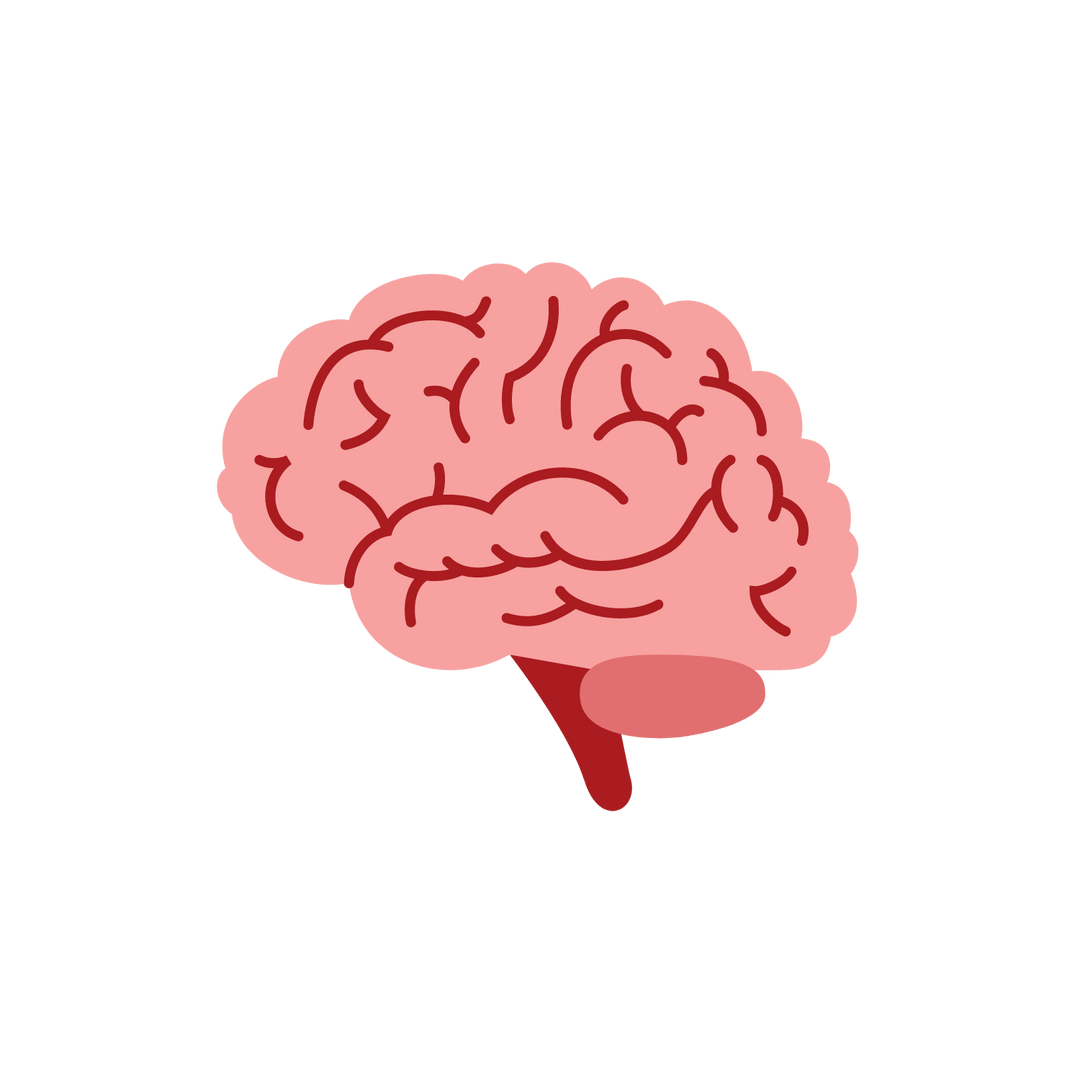





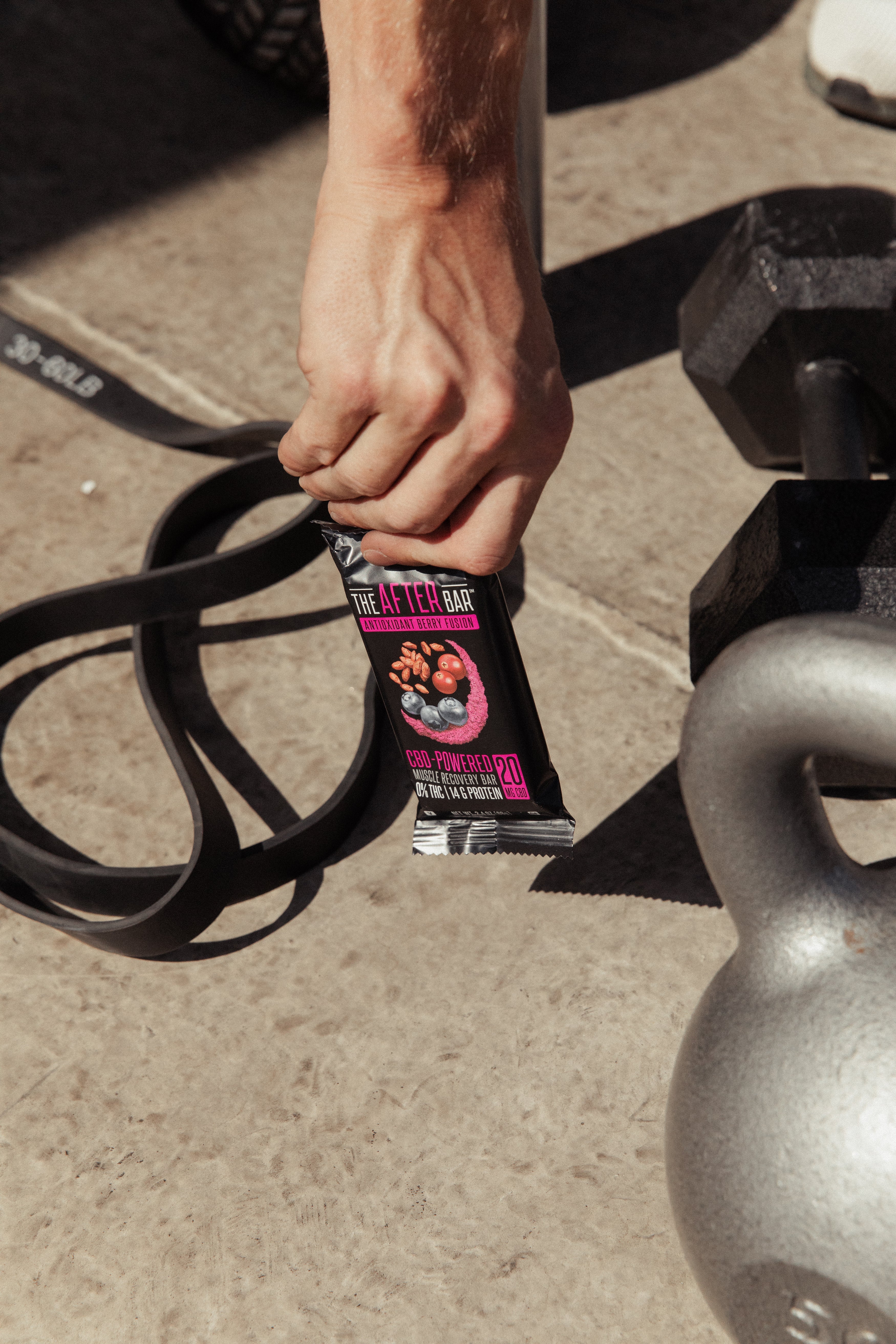

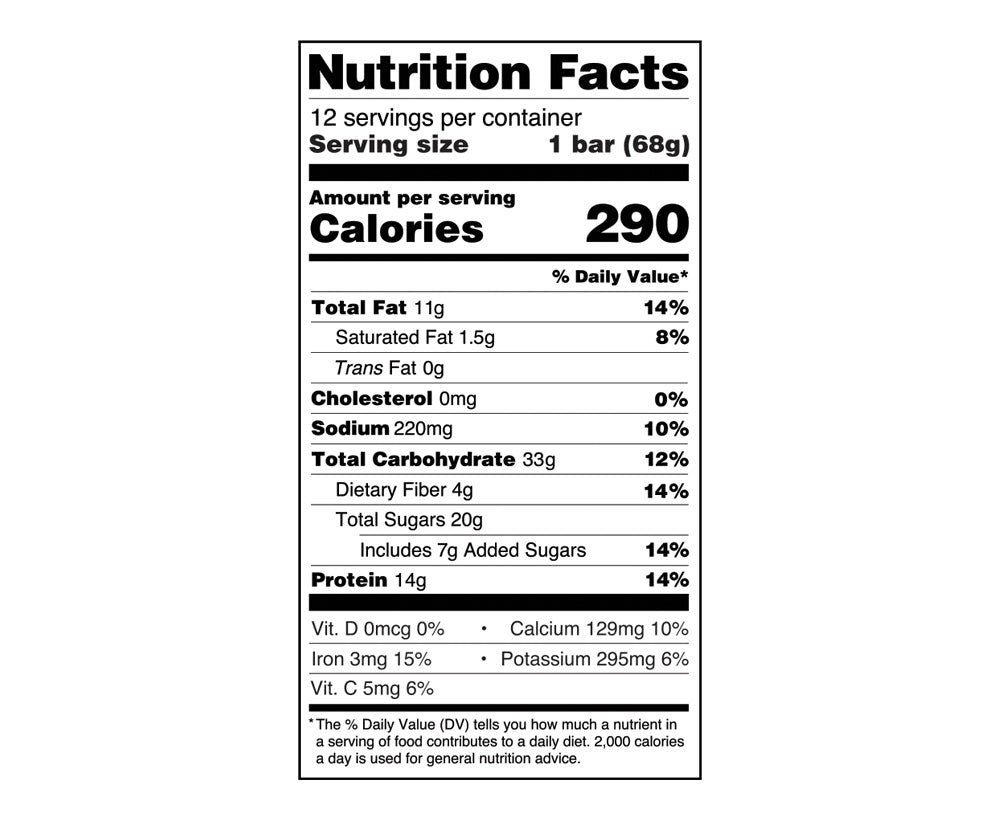




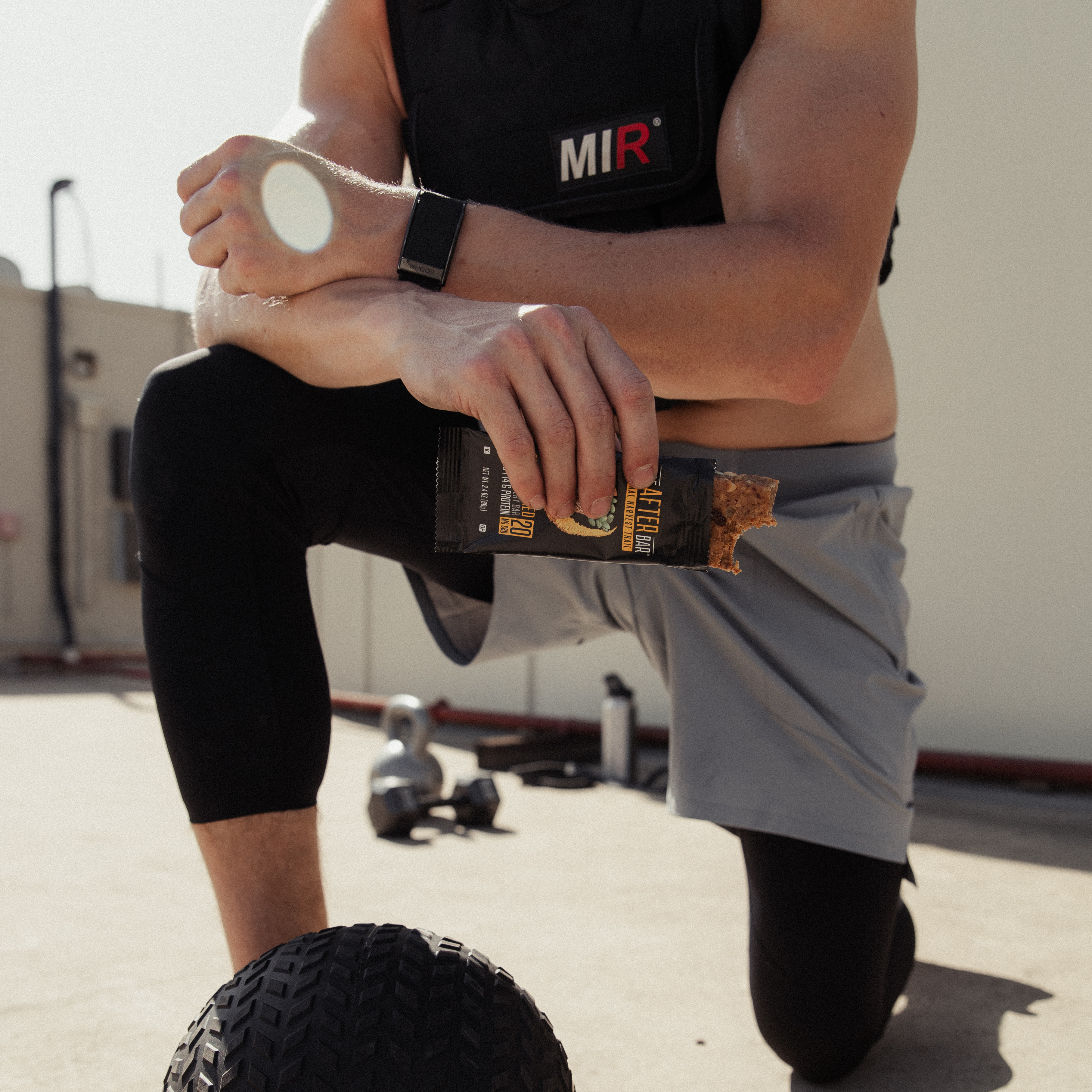
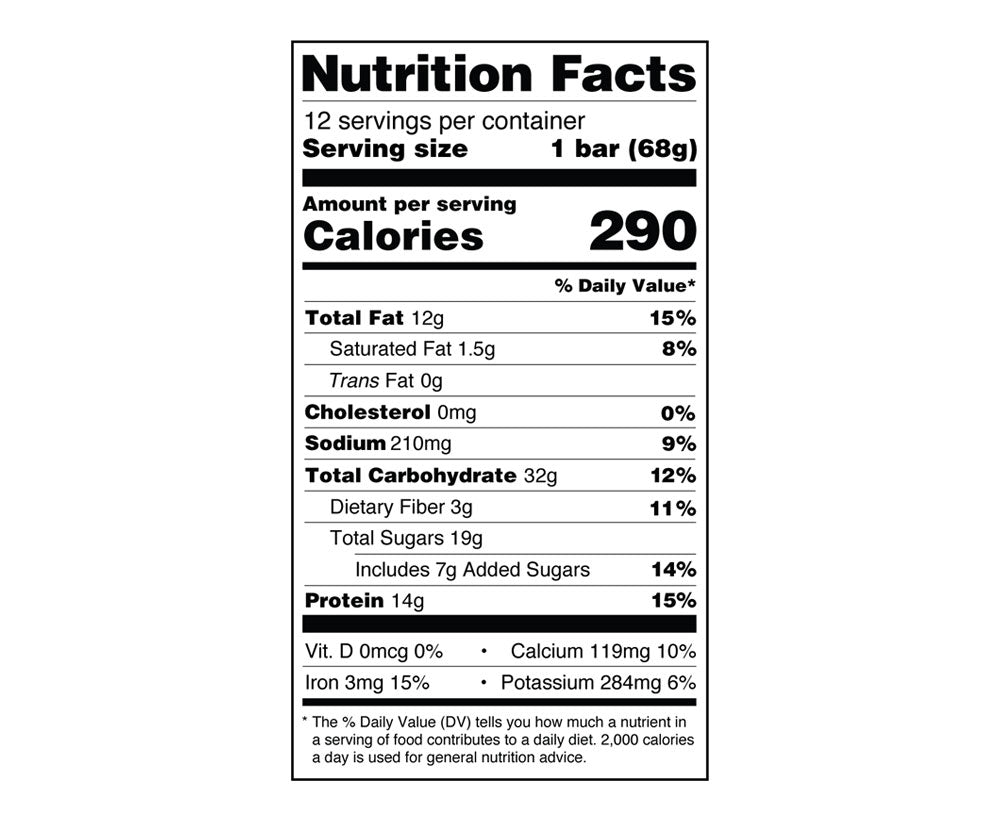





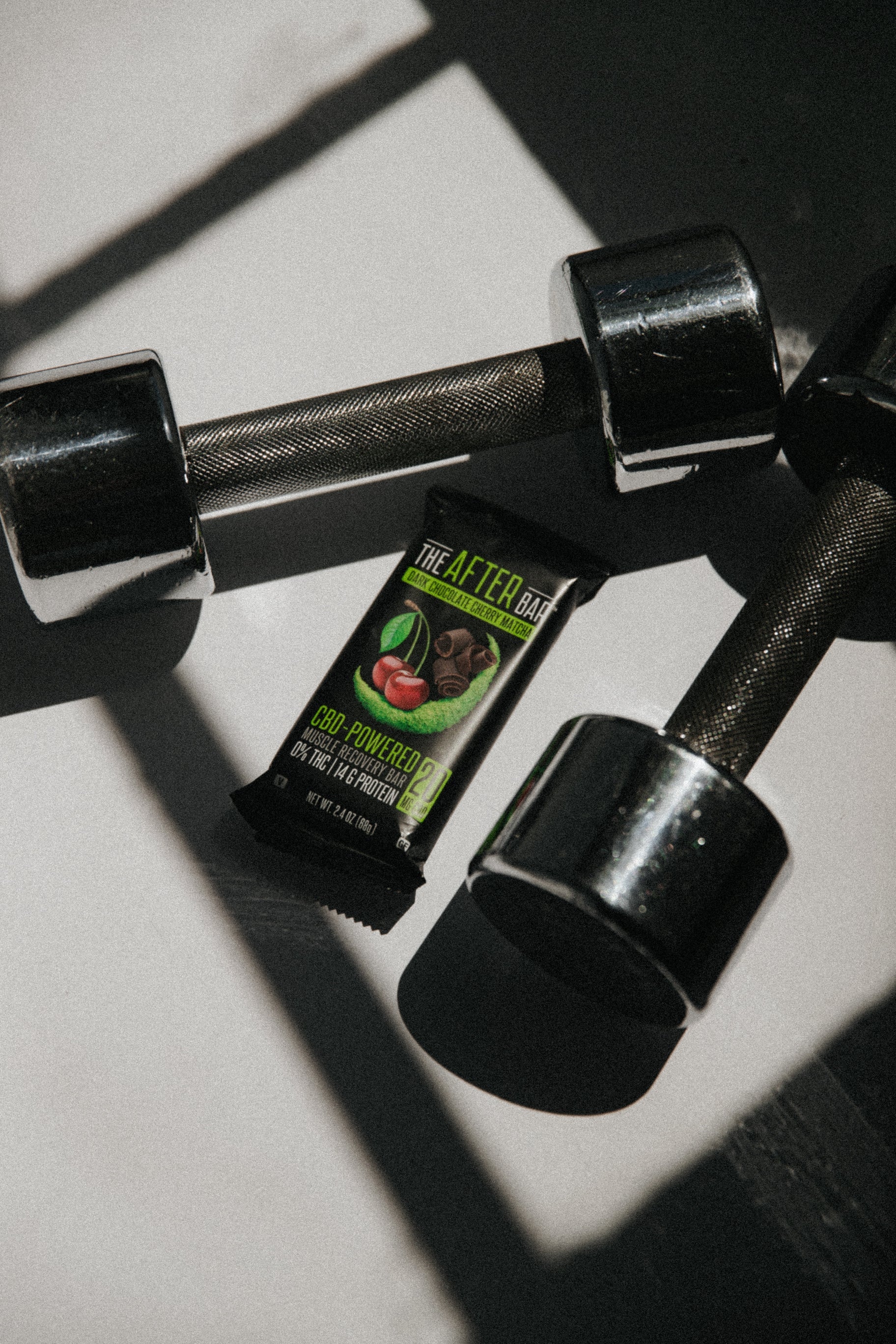

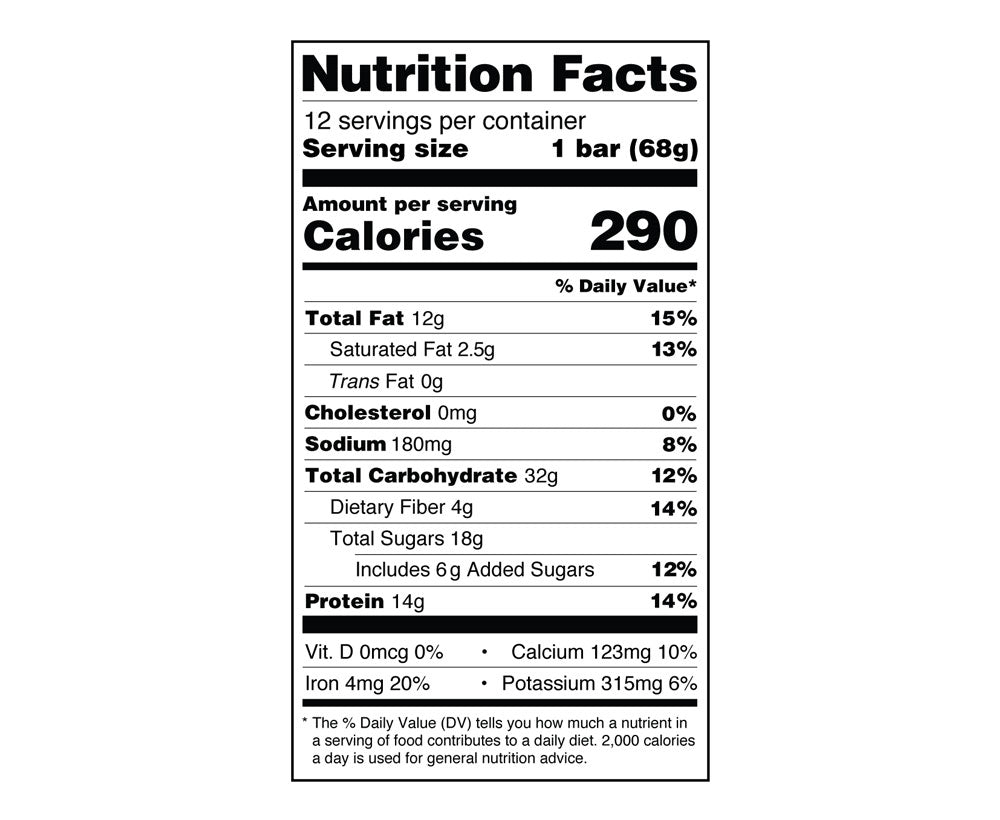




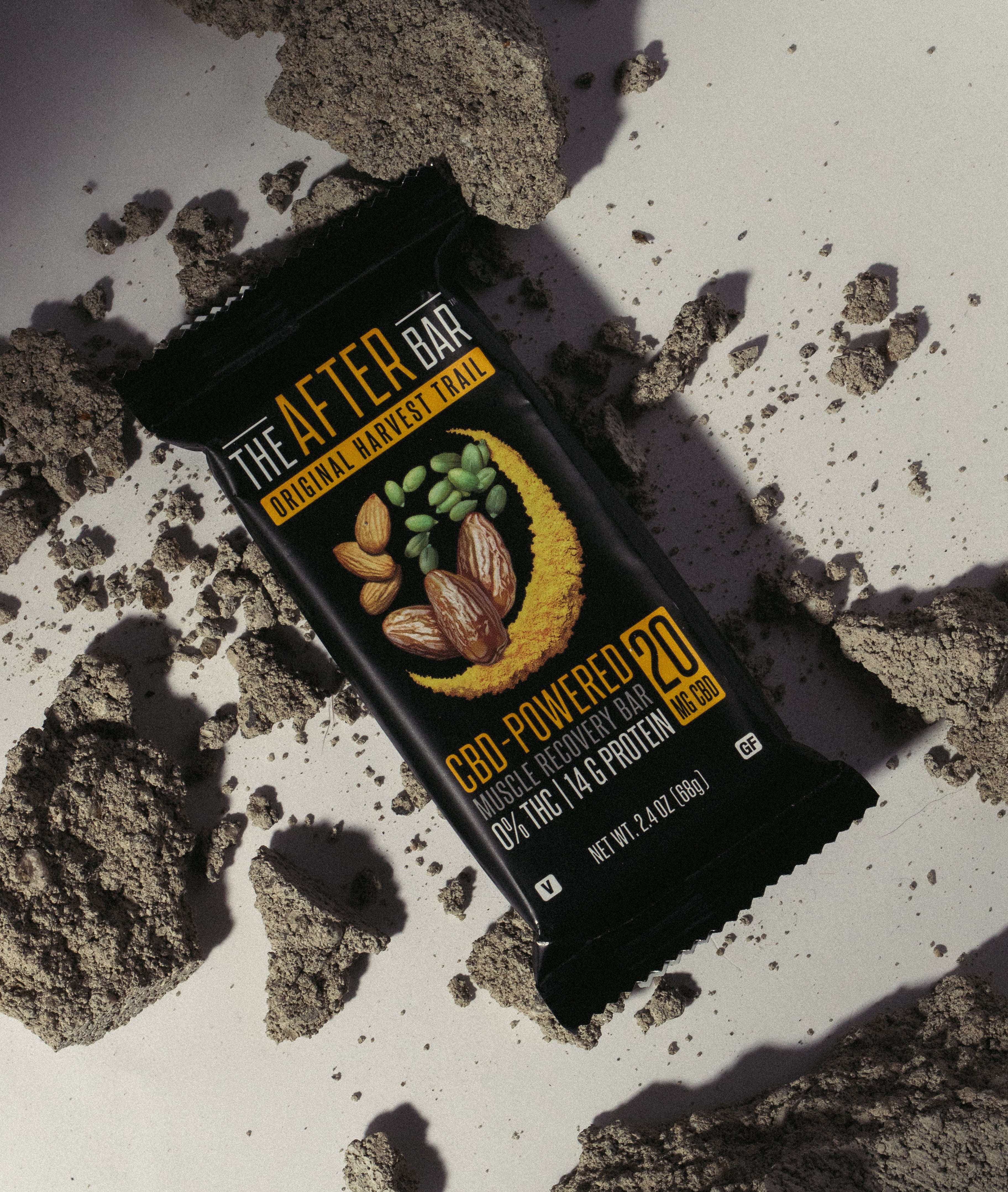
Leave a comment